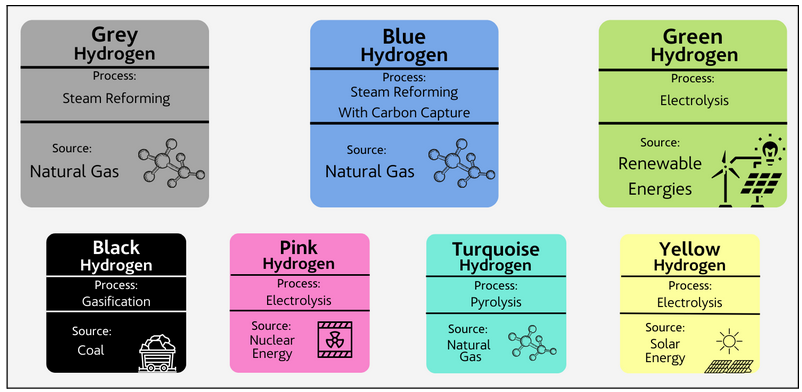News Excerpt:
India is in talks with large domestic companies to invest in the regulated nuclear sector, including promoting clean power.
|
Pink Hydrogen
|
Important Points:
- The Atomic Energy Act, 1962, restricts private ownership of nuclear plants. The central government holds the power to produce, develop, use and dispose of ‘atomic energy’.
- After legislative amendments, such powers can be exercised through any authority/corporation established by the government in which the former holds at least 51 percent of the paid-up share capital.
- The amended Atomic Energy Act also allows the Nuclear Power Corporation of India (NPCIL) to form joint ventures with other public sector units to secure funding for new projects.
- This does not extend to private or foreign companies.
- However, private companies may participate in certain related activities, including supply of components and reactors.
- They may contribute via financing, project development and equipment supply.
- Further, they may secure a return on investment through the sale of electricity generated by such plants, while NPCIL may retain a fee for operating and maintaining facilities.
Significance of hydrogen:
- As India’s aim to bolster nuclear capacity appears to be driven by clean energy goals, the hydrogen economy has gathered strong political patronage — especially with respect to ‘green’ hydrogen.
- However, nuclear power can also enable large-scale hydrogen production without emitting greenhouse gases, making it a promising alternative — including as a transition fuel — to steam-methane reforming, which has a large carbon footprint.
- Similar to green, ‘pink’ hydrogen is also generated through electrolysis but powered by nuclear energy.
- Recent studies claim that pink hydrogen facilities can achieve a high capacity factor due to the steady base load profile of nuclear power (involving both stability and density), relative to the intermittent supply from renewable sources.
- High temperatures from nuclear reactors may also be used in other industrial processes.
- Specifically, heat generated through fission (by splitting uranium atoms) can make steam for spinning turbines to produce electricity.

Way forward:
- Significant investments will be necessary to develop better technologies at scale.
- Amending the Atomic Energy Act to facilitate private investments is an idea whose time has come.
- Future collaborations could focus on research, technology transfer, and scaling up hydrogen projects — whether green or pink.
- After all, India’s net-zero transition will require multiple pathways — including nuclear power and renewable energy.


